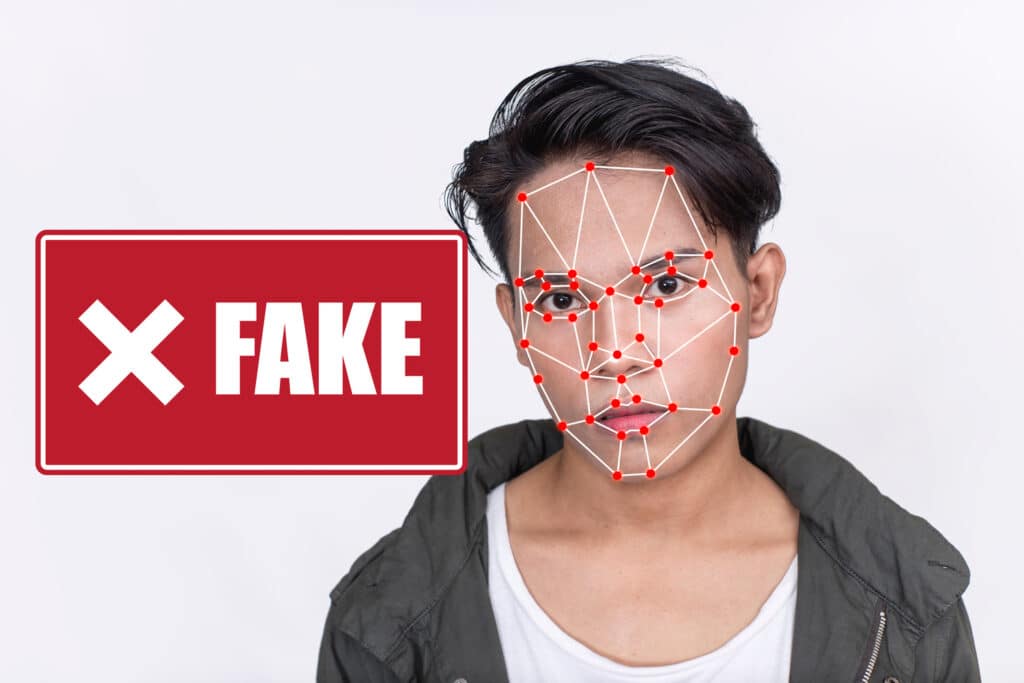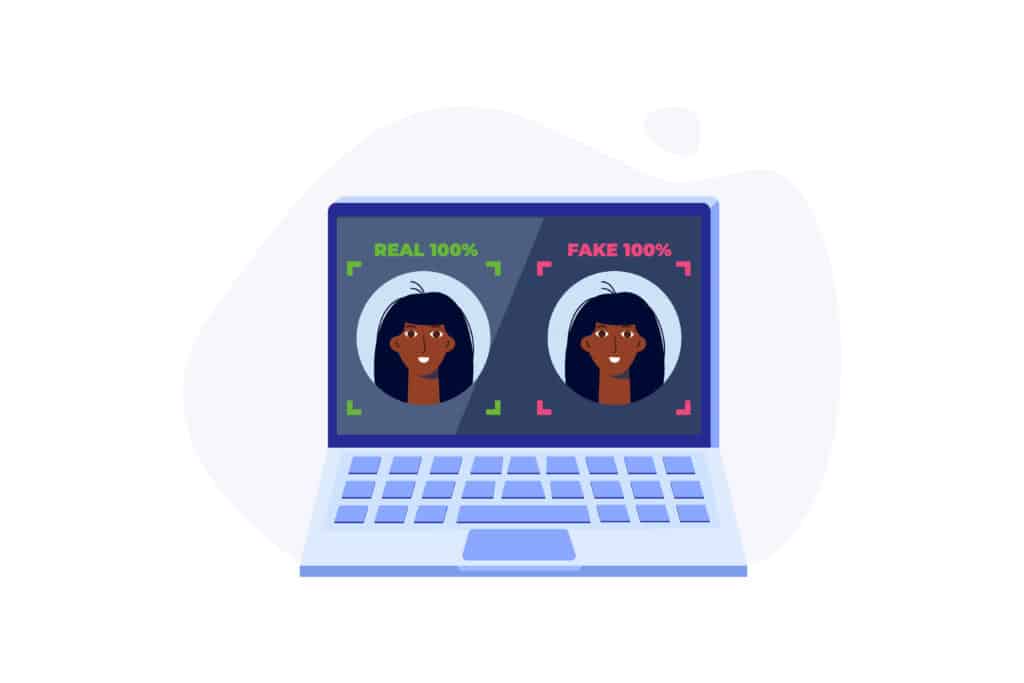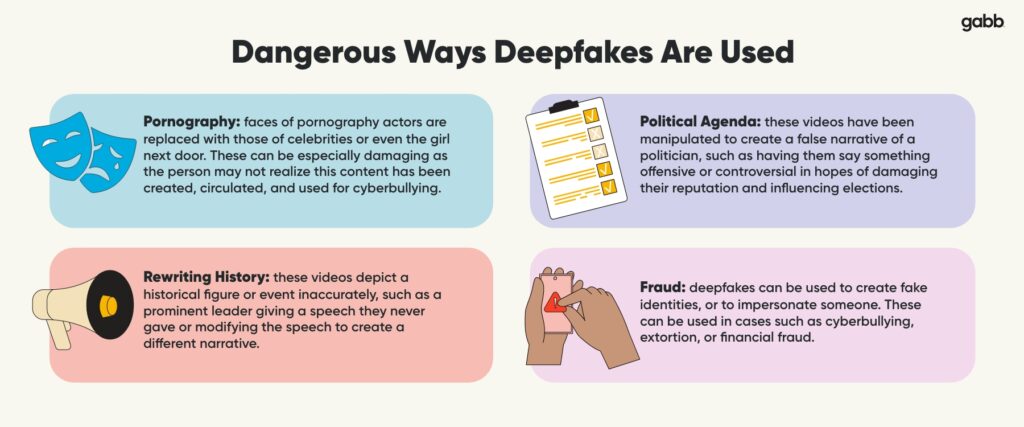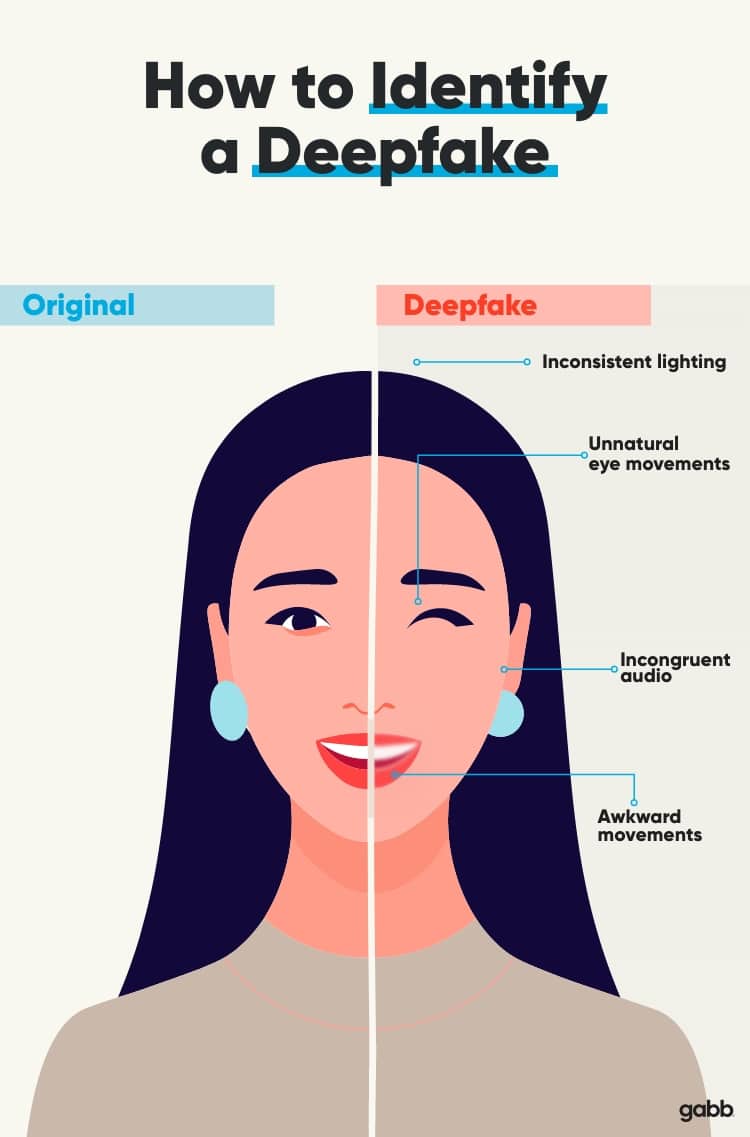What is a Deepfake?
JUN 21, 2023
What is a Deepfake?
It’s been said that seeing is believing, but in 2023 we know that’s not always the case.
In the mid-2000s, Christmas videos with friends’ faces superimposed onto one of Santa’s elves were all over the internet. The elf’s body moved and danced, but the added face stood still. It was hilarious, and clearly fake.
It hasn’t even been twenty years since then, yet the capabilities of these types of videos have come so far. Today’s videos are scarily realistic. In addition to bodies moving, the face and lips also move and speech matches the actual voice of the subject.
Although fascinating, this technology poses extremely dangerous risks as it has the potential to ruin reputations, spread fake news, and even create pornographic content of innocent, unknowing individuals. More than ever, young people need to know that online, what you see is not always real.

What are Deepfakes?
Deepfakes are synthetic media, such as audio, videos, or images, that have been created or modified using artificial intelligence (AI) techniques. This procedure involves feeding a program large amounts of data in the form of images, videos, or audio of a specific person.
Once the program has been trained, it is able to fabricate new content of the subject doing or saying something that never actually happened.
Deepfake
Dēp-, fāk
An image or recording that has been convincingly altered and manipulated to misrepresent someone as doing or saying something that was not actually done or said.
-Merriam-Webster Dictionary
Deepfake Examples
Parents who use social media have probably encountered snippets of deepfakes shared on these platforms. Some fun deepfake video examples shared are a Spider-man movie trailer featuring Tobey Maguire in place of Tom Holland, and Tom Cruise completing everyday tasks. Still, there are other examples that may not be so lighthearted or fun.
How Deepfakes are Made
There are multiple programs available that allow just about anyone to create a deep fake. It can be challenging and time-consuming, but there are plenty of instructions online.
- Images and videos must first be collected of the person being manipulated.
- The program then processes this data to ensure the quality of the image is good enough. The program may crop, resize, or edit the image.
- The artificial intelligence is then trained using the data provided. It learns and identifies patterns in the data in preparation to create the deepfake.
- Finally, the deepfake is created by swapping the body or face of the person being manipulated with the face or body of another person. A number of techniques can be involved during this process, such as 3D modeling and image morphing.
- Once created, the deepfake goes through a post-processing procedure where lighting, color, and other visual effects are adjusted to make it a more realistic and convincing deepfake.

Dangers of Deepfakes
It’s easy to imagine the many ways deepfakes can be used to cause harm, fraud, and spread lies.
Cyberbullying
Highly convincing fake images and videos can be used to humiliate, harass, and slander others. Some kids have even dealt with bullies who create social media accounts impersonating them and creating situations where the victim is blamed for the content shared. These events are harmful to the child’s mental health, reputation, future, and relationships.
Parents can protect their children by researching safe phones and watches that allow them to delay social media.
Spread of misinformation
Deepfakes are already being used to increase misinformation to influence public opinion. In February 2023, an offensive video of U.S. President Biden criticizing transgender women was shared online. Many people shared it voicing support, while others condemned the speech.
But the video was a deepfake and the words were never uttered by President Biden. This example is not unique as deepfakes are often used in smear campaigns and to spread propaganda.
Personal privacy and security risks
People’s privacy is being violated by having images and videos manipulated without their consent. This can have serious consequences for the subject’s personal and professional life.
Deepfake Pornography
96% of deepfake videos contain sexually explicit content, and often feature women who didn’t consent to the creation of the video.
Creators even advertise in online chatrooms the creation of personal deepfake pornographic content featuring any girl the buyer chooses. This only serves to further the objectification of women.
This also has the dangerous potential for adults or kids to create deepfake pornography with images of children they find online. Deepfakes are not included in current child pornography or cyberbullying laws, but new legislation has been introduced which would make these deepfakes child sex abuse material (CSAM).
Fraud
Deepfake videos take phishing to a whole new level by tricking people to divulge personal information by pretending to be a trusted friend. In April 2023, a mother received a terrifying call that her child had been kidnapped, and the caller demanded a ransom.
Using deepfake audio, these scammers replicated the child’s voice crying and asking for help on the phone. Thankfully it was all a hoax, but a heart-wrenching experience to go through.

How to Detect a Deepfake
Detecting a deepfake is becoming increasingly hard to do, but there are a few things to look for that could help identify one. Please keep in mind that these tools are not foolproof.
Parents Can Help Prevent the Spread of Deepfakes
By learning and educating ourselves on the latest trends in technology, we can help protect and empower our children.
Deepfake capabilities will only get better with time, so it’s important to teach our kids how to identify them and to always evaluate the source before choosing to believe something.
In addition to learning how to identify a deepfake visually and audibly, kids can also ask themselves the following questions:
- Does this content look weird to me? Does something seem off?
- Have I seen this video/image shared by other sources, too?
- Is the context of this video/image what I would expect from this person?
Safe phones without social media can reduce your child’s digital footprint while still keeping you connected.
When Your Child Is the Target of a Deepfake
If your child has been the target of a deepfake, there are steps you can take to protect them. If the deepfake is found on social media, report it immediately to the platform. Most sites will take it down as deepfakes are against their policies.
Who to Contact
Consider contacting the deepfake creator and asking them to take it down. Proceed with caution as to not escalate the situation. Depending on the content, you may want to contact a lawyer who specializes in intellectual property law to discuss your options or local (non-emergency) authorities.
Important Conversations
Help your children protect their online presence by monitoring their online activities. Continue conversations about what they share online and with whom. Always encourage them to have their accounts set to private, ask friends not to publicly post images of them online, and only allow communication with friends they know in real life.
Young people are not always mature enough to think about the consequences that can come from their actions. We can talk to our kids about the dangers of deepfakes and encourage them to never create vulgar deepfakes, nor use someone else’s image without their permission.
Share Your Thoughts
How do you plan to educate your kids about deepfake technology? Let us know in the comments.














Success!
Your comment has been submitted for review! We will notify you when it has been approved and posted!
Thank you!